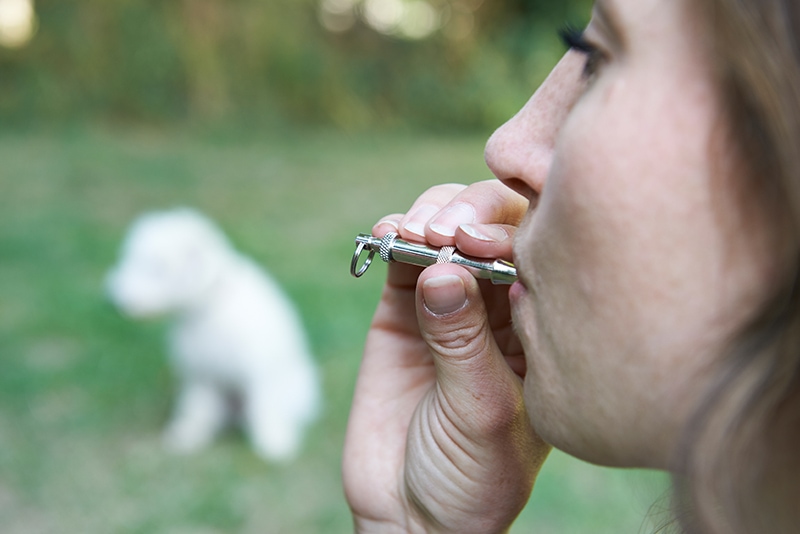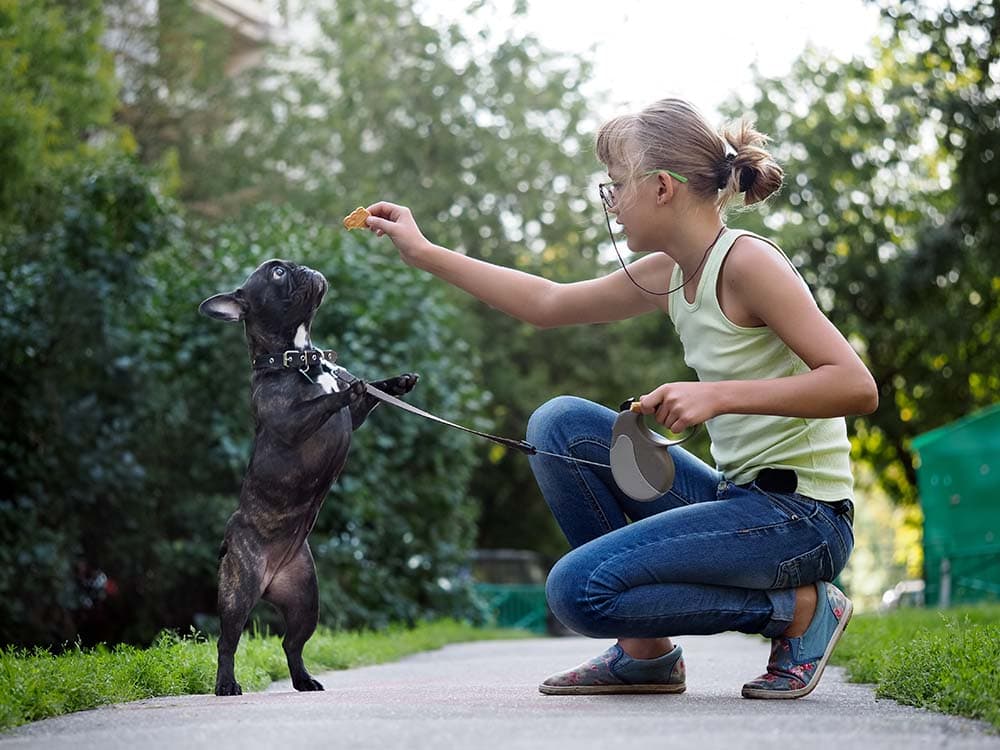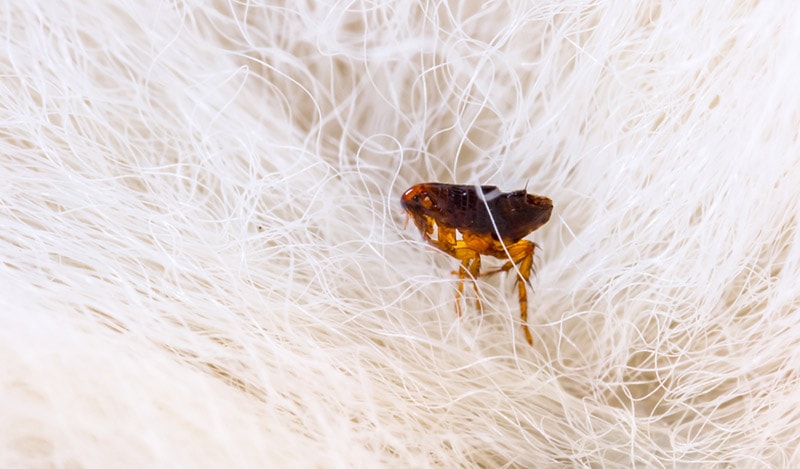Miniature Great Dane: Facts, Origin & History (With Pictures)

Updated on
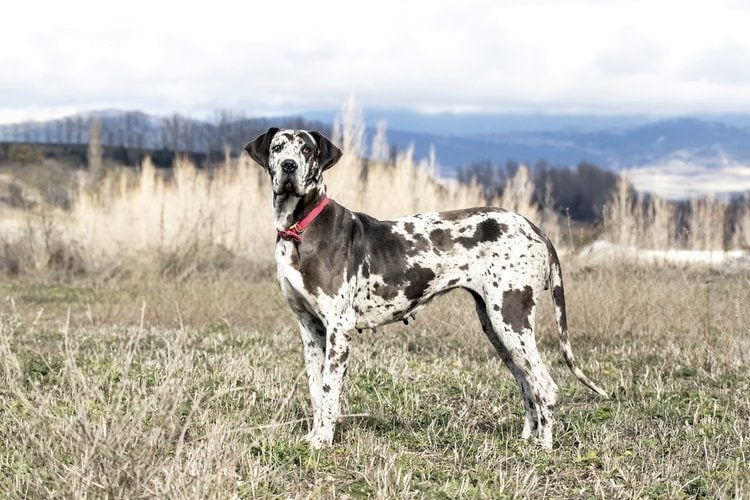
Tall, regal, gentle, and super friendly are all accurate descriptions for the lovable Great Dane. These gentle giants are renowned for their size, but there are a few members of the breed that can actually be smaller.
Although you’re unlikely to find a Teacup Great Dane, it is possible to find Great Danes that are smaller than average. These dogs are called Miniature Great Danes and share all the best traits of the breed.
The Earliest Records of the Miniature Great Dane in History
Since the Miniature Great Dane isn’t an official variation of the Great Dane breed, there isn’t much of a separate history for the breed. Although some breeders do selectively breed Miniature Great Danes, there haven’t been any official attempts to recognize the smaller version so far.
Therefore, the history of the Miniature Great Dane falls in line with the full-size variety. Despite their name alluding to ties to Denmark, the Great Dane was originally bred for boar hunting in Germany. Their size, strength, and loyalty quickly made them favored for protecting the home.
With similar dogs being mentioned in Chinese literature in 1121 B.C., the Great Dane — and incidentally, their smaller counterpart — has been around for over 400 years.
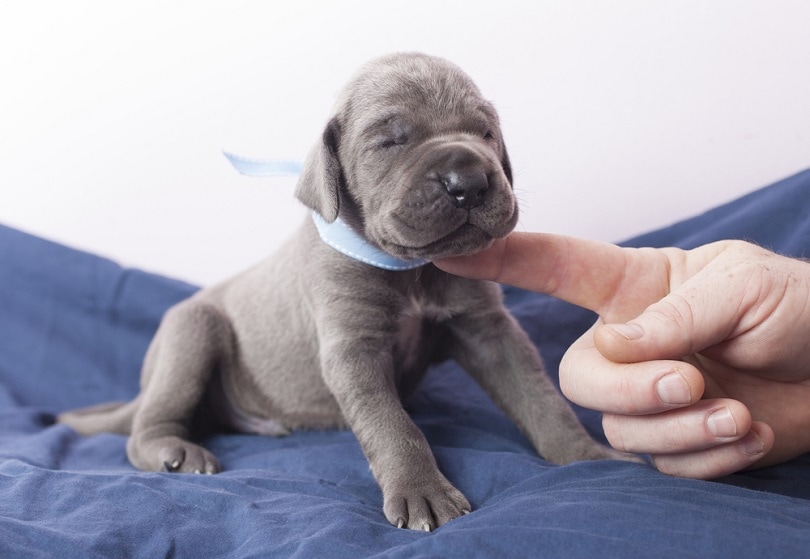
How the Miniature Great Dane Gained Popularity
The Great Dane is one of the world’s biggest dog breeds. Well known as the “Apollo of Dogs” and for their gentle, friendly nature, the Great Dane is popular with dog lovers, but the Miniature is a little less well-known. This is likely because when anyone thinks of a Great Dane, it’s always a big, lovable dog that comes to mind rather than anything smaller.
However, that isn’t to say the Miniature Great Dane hasn’t gained favor at all. One downside for many fans of Great Danes is that their size can make them difficult to keep. If you live in a small apartment, for example, a full-size Great Dane can be simply too big, no matter how much you adore them. Miniature Great Danes are popular because they’re smaller in size, even though they can still get quite big.
Formal Recognition of the Miniature Great Dane
The Great Dane was first formally recognized by the AKC in 1887. Miniature Great Danes, however, haven’t been added to any breed registries. Since they’re not a formally recognized variation, there aren’t specific regulations controlling how big or small Miniature Great Danes can be.
If your Great Dane is smaller than the minimum standard of 28 inches for females and 30 inches for males, they’re classed as “Miniature.” So, a Miniature Great Dane might only be a few inches smaller than the full-size members of the breed and might not be as small as some dog owners would hope.
Some breeders also try to cut corners when it comes to selective breeding and will only choose the smallest Great Danes to breed from, without paying attention to their health or genetics.
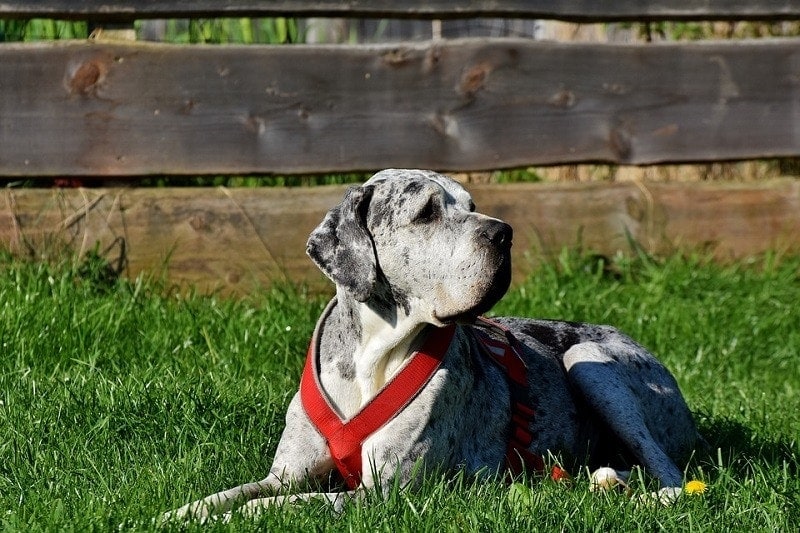
Top 3 Unique Facts About the Miniature Great Dane
1. Mixed Breeding or Genetic Mutations Can Result in Miniature Great Danes
The most common way to get a Miniature Great Dane is by crossbreeding with other breeds. While you won’t get a pedigree Great Dane this way, the genes of the smaller dog breed are more likely to affect the size of the resulting puppy. Mixed breeds can also be healthier than purebred Miniatures.
Another potential cause of Miniature Great Danes is genetic mutations. These are naturally occurring abnormalities that are usually harmless but can result in drastic size differences in some members of the breed. Achondroplasia or dwarfism, for example, isn’t common to Great Danes but is possible.
2. Miniature Great Danes Aren’t Runts
Despite being smaller than the full-size standard for Great Danes, the Miniatures of the breed aren’t the runts of the litter. Even if there’s only one smaller-than-average Great Dane in a litter, Miniatures are just as healthy as their bigger litter mates. While a Miniature Great Dane can be bred from two runts, they’re also possible from two healthy full-size Great Danes.
3. Selective Breeding Isn’t Always a Good Idea
The biggest issue with Miniature Great Danes is the selective breeding process that some breeders attempt to deliberately breed the smaller dogs. A Great Dane’s size is a natural result of their genetics. Unfortunately, interfering with genetics can result in health issues for the puppies.
There is also the issue of which dogs are chosen for this process. While some breeders will only choose healthy Great Danes to breed from, others might choose the weakest and smallest dogs to create the “perfect” Miniature breed.
Does the Miniature Great Dane Make a Good Pet?
Miniature Great Danes are usually only a few inches smaller than the full-size version. So, they share the same body strength and need plenty of obedience training and socialization to teach them how to behave properly. No matter what size a Great Dane is, though, they’re always friendly and eager to please. Their sociable nature, gentleness, and willingness to act like a lapdog — despite their sheer size — make them popular companion dogs.
You do have to be careful about their health, however. Great Danes are prone to developing bloat, which is a fatal condition that requires surgery to correct. They can also develop eye and heart problems, along with hip dysplasia.
Overall, the Great Dane is a friend of the family. They get along well with children, though they should always be supervised during playtime due to their size.
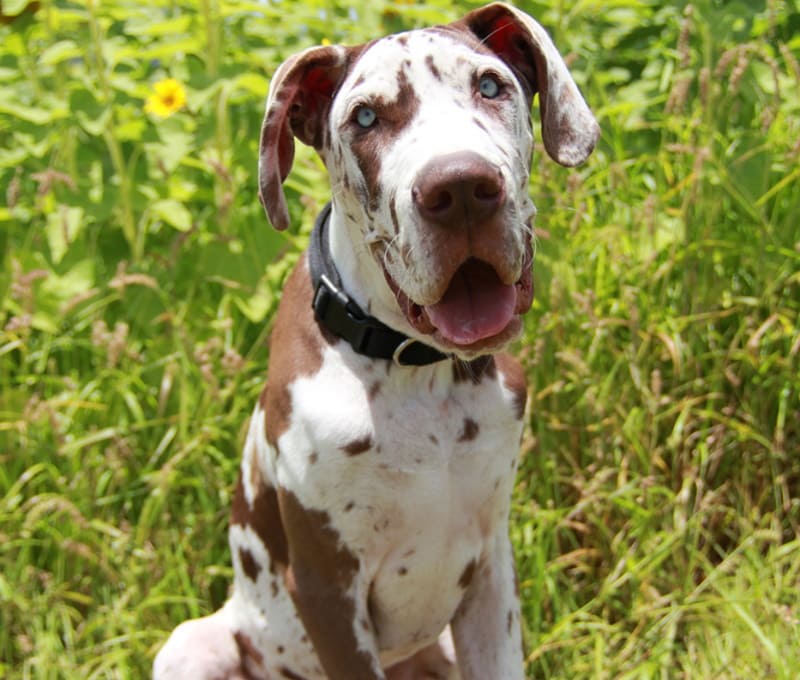
Conclusion
When all is said and done, Miniature Great Danes are just Great Danes that are smaller than average. You won’t find a Miniature Great Dane that’s significantly smaller than the full-size standard, and there is no formal recognition for this variation.
Miniature Great Danes are often a result of crossbreeding or selective breeding and can also be caused by genetic mutations or a puppy inheriting genes that naturally make them smaller than their parents. Remember to use caution when purchasing from a breeder, and make sure the dogs are healthy and happy.
Featured Image Credit: David Pegzlz, Shutterstock




